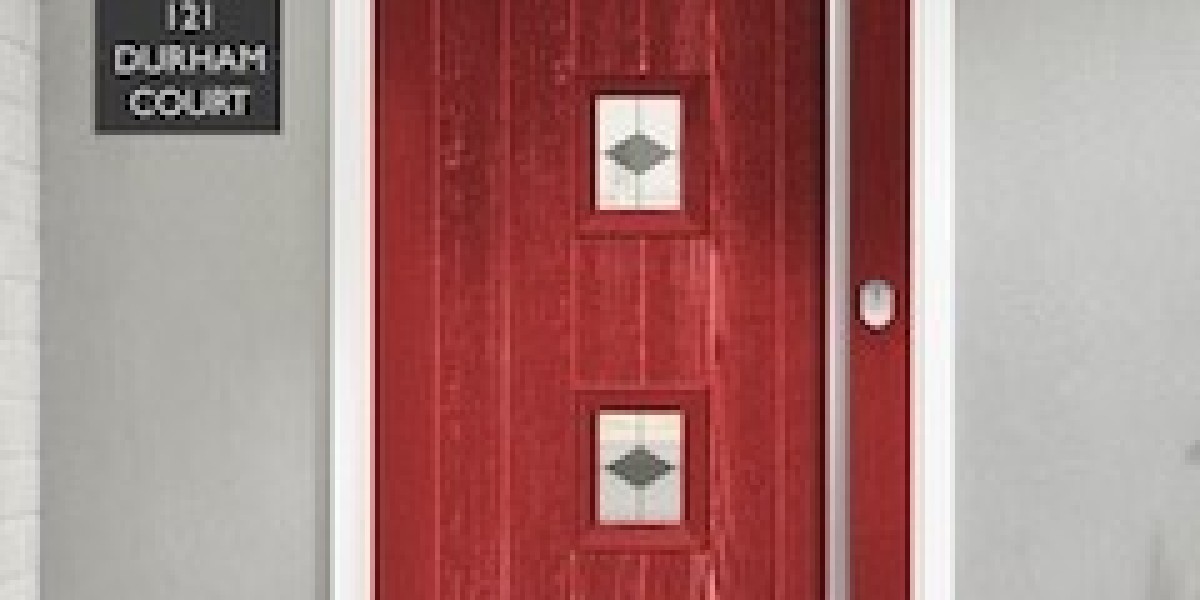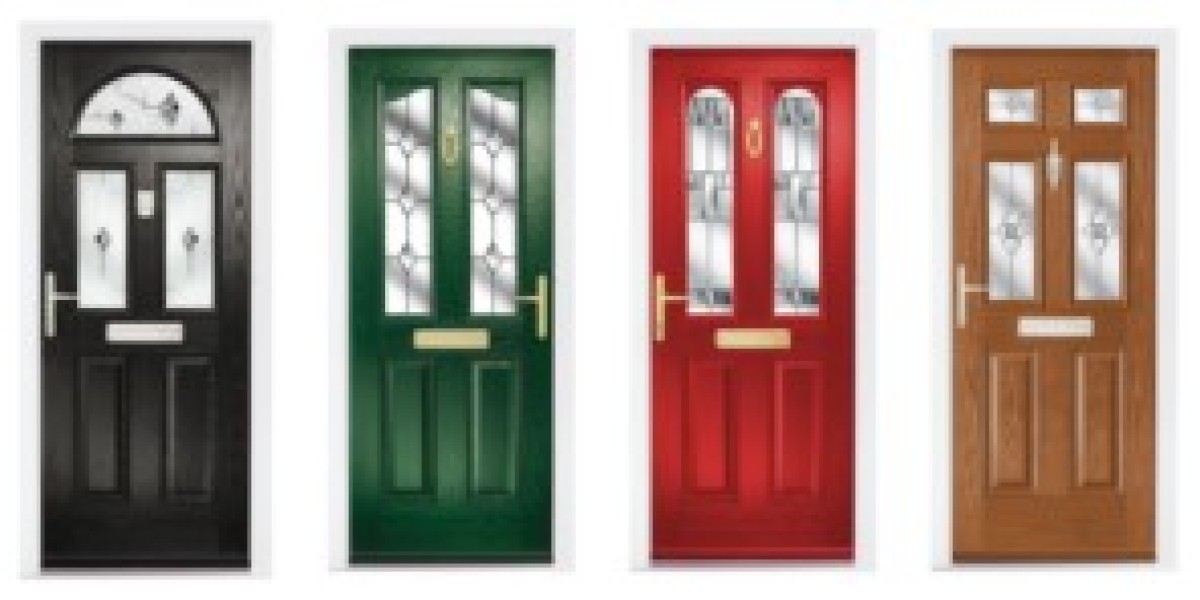Understanding Composite Door Damage: Causes, Prevention, and Repair
composite door panel repair doors have actually gained tremendous appeal in the last few years due to their attractive appearance, durability, and energy effectiveness. These doors are constructed from a range of materials, consisting of wood, fiberglass, and PVC, which integrate to offer the very best of all worlds. Nevertheless, like any other exterior aspect, composite doors are not invulnerable to damage. Understanding the numerous kinds of composite door damage, their causes, avoidance methods, and repair strategies can help house owners make informed decisions to secure their financial investments.
Kinds Of Composite Door Damage
Composite doors can experience numerous types of damage, each arising from different causes. The most common types of damage consist of:

Surface Scratches and Dents: These are frequently triggered by effects from furniture, heavy bags, or devices.
Weathering or Fading: Continuous direct exposure to sunlight, rain, and other elements can cause staining or fading of the door's finish.
Deforming: High humidity or wetness can cause the door to warp, impacting its capability to close and seal properly.
Fractures and Splits: Temperature variations can trigger the materials in a composite door to broaden and contract, resulting in fractures or divides.
Water Damage: Prolonged direct exposure to wetness can lead to rot, especially in the door's core or surrounding frame.
Lock and Mechanism Failure: The door's locking mechanism might stop working due to use and tear or due to the fact that of external impacts.
Reasons For Composite Door Damage
Understanding the hidden elements that result in composite door expert door damage is crucial for avoidance. The main causes include:
Environmental Factors: Weather modifications can take a toll on composite doors. Extreme sunlight can fade the door, while rain and humidity can lead to swelling and contorting.
Physical Impact: Regular wear and tear from daily activities can lead to scratches and dents. Additionally, incorrect handling throughout installation can cause long-lasting concerns.
Poor Maintenance: Lack of regular maintenance, such as not cleaning up the door properly or disregarding to repaint it, can speed up deterioration.
Insufficient Sealing: If the door is not correctly sealed during setup, moisture can get in and damage the products, leading to rot and mold development.
Preventing Composite Door Damage
Avoiding damage to composite doors relies heavily on proactive care and maintenance. Here are some essential strategies to secure your door:
Regular Cleaning: Use a moderate detergent and water to clean up the door regularly. Prevent abrasive products that can scratch the surface area.
Correct Sealing: Ensure that the door has actually been properly sealed throughout setup to defend against moisture invasion.
Regular Inspections: Conduct routine assessments of your door and its parts to catch any early indications of damage.
Protection from Physical Damage: Be careful while moving heavy products around the door area. Think about installing door stops to prevent effects.
Painting and Finishing: Refinish or repaint the door as needed to preserve its look and offer a protective layer versus the aspects.
Set Up a Storm Door: A storm door can offer an extra layer of protection against extreme weather and add longevity to the primary door.
Repairing Composite Door Damage
When damage does happen, different repair methods can be used depending upon the seriousness and type of damage.
For Surface Scratches and Dents:
- Buffing or Polishing: Use a light rubbing substance to polish out small scratches.
- Touch-Up Paint: For deeper scratches, a touch-up paint that matches the door's color can camouflage imperfections.
For Warping:
- Adjusting the Hinges: Sometimes, adjusting the hinges can fix small warping problems.
- Professional Help: Severely distorted doors might need experts to change or realign them.
For Cracks and Splits:
- Epoxy or Filler: Small cracks can be filled with epoxy resin or specialized door fillers.
- Replacement Panels: In cases where the damage is substantial, think about changing the damaged panel.
For Water Damage:
- Drying: If water damage is discovered, the door should be dried completely, and any decaying products replaced.
- Sealant Application: Apply waterproof sealant to avoid future wetness infiltration.
For Lock and Mechanism Failures:
- Lubrication: Regularly lube the lock mechanisms to guarantee smooth operation.
- Replacement Parts: If parts are damaged, replacement locks or mechanisms need to be set up.
Frequently Asked Questions About Composite Door Damage
Q: How long does a composite door restoration door typically last?A: With
correct maintenance, composite doors can last approximately 30 years or longer.
Q: Can I paint my composite door?A: Yes,
Composite Acoustic Door Repair doors can be painted, however it is important to utilize the right type of paint that works with the door's material.
Q: How do I understand if my composite door needs repairs?A: Signs include noticeable warping, trouble in locking/unlocking, or noticeable water damage. Q: Are composite doors more prone to damage than wooden doors?A: While each kind of door has its vulnerabilities, composite doors are immune to damage. By understanding the types of damage that can occur, the causes behind them, and efficient prevention and repair methods, property owners can make sure that their composite doors remain an important and appealing entranceway for several years to come. Routine maintenance and attention to information can preserve the appearance and integrity of these doors, enabling them to serve their purpose effectively.
typically more resistant to weather-related damage compared to standard wood doors. Q: What is the best way to keep a composite door?A: Regular cleaning, yearly evaluations, and timely repairs are vital for preserving the longevity of composite doors. composite door technician doors offer a great mix of aesthetics, resilience, and energy performance. Nevertheless, like any home feature, they are not








